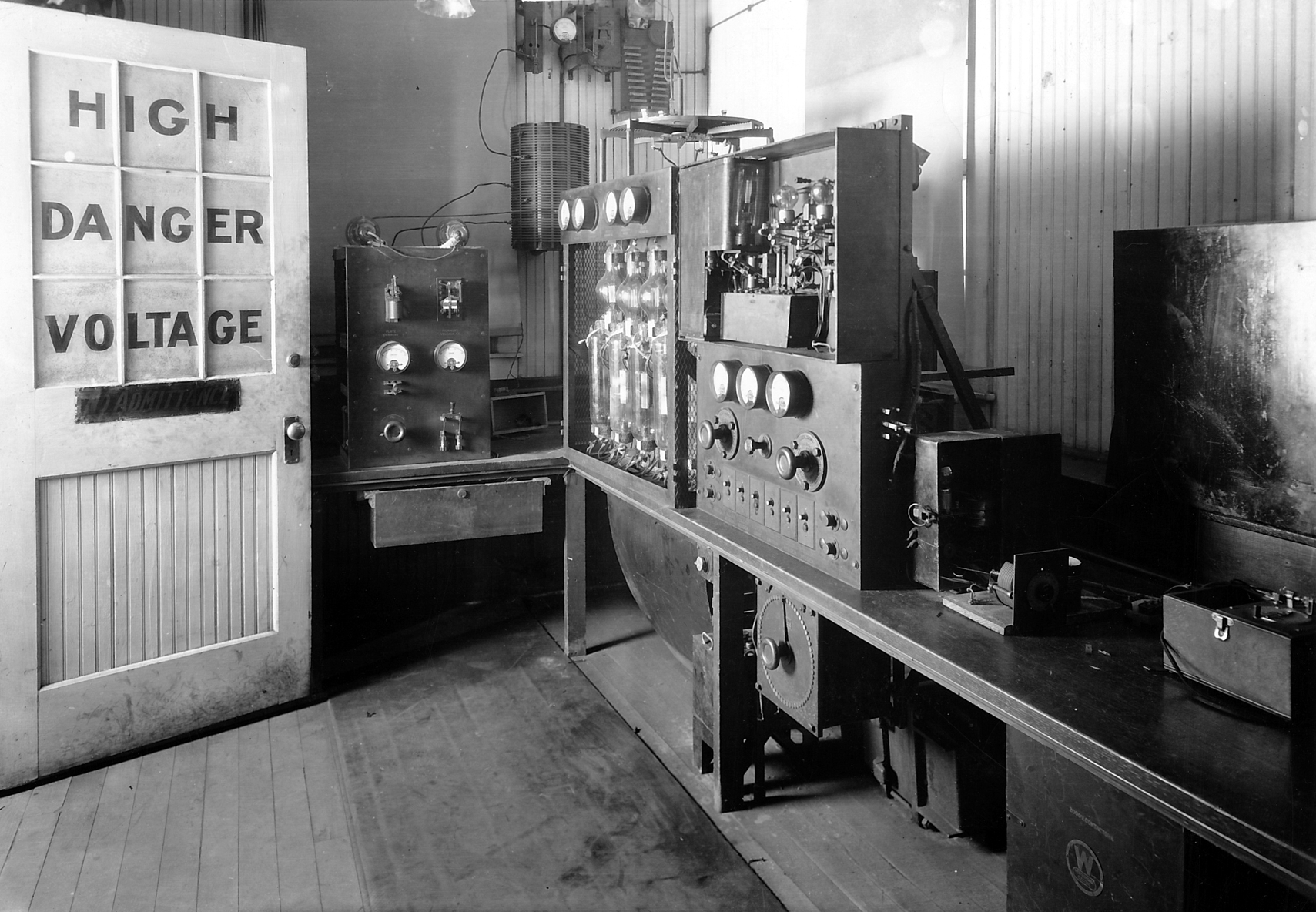Looking Back at Broadcasting's First 100 Years
The early 1920s saw rapid advances

With the arrival of a new year, time is often spent in making resolutions and looking ahead to what the next 12 months may have to offer. It’s also a good opportunity to reflect on what has gone before.
This is very true in the broadcasting industry, as we are now embarking on its second century of existence. TV Tech is celebrating broadcasting’s first 100 years with this, the first of a regular monthly feature examining some of the highlights and milestones on the path to 21st century television.
In The Beginning
Many historians focus on the fabled Nov. 2, 1920 transmission of presidential election returns by Westinghouse’s KDKA station as broadcasting’s “ground zero.” While this singular event did create an awareness of what could be attained in terms of reaching out across that invisible ether into the homes of the masses, there were others who earlier realized the potential of a wireless one-to-many delivery system.
These included the triode vacuum tube’s inventor, Lee de Forest, who broadcast music from his New York laboratory, and Charles Herrold, owner of a San Jose, Calif. radio school, who aired some amount of regular programming via his school’s transmitter. Both individuals conducted broadcasts early in the 20th century, but did not strive for a mass audience, catering instead to radio amateurs and experimenters.

Perhaps the most visionary of the early radio pioneers was Reginald Fessenden, who offered typewritten handouts describing broadcasting’s capabilities to the handful of persons present at his Brant Rock, Mass. lab to witness the world’s first public demonstration of wireless transmission of speech and music on the afternoon of Dec. 21, 1906. His message was clear:
“[Radio] telephony is admirably adapted for transmitting news, stock quotations, music, race reports, etc. simultaneously over a city, on account of the fact that no wires are needed and a single apparatus can distribute to ten thousand subscribers as easily as to a few. It is proposed to erect stations for this purpose in the large cities here and abroad.”
Unfortunately, Fessenden did not follow through on his proposal, leaving it for others to tap broadcasting’s great potential.
The professional video industry's #1 source for news, trends and product and tech information. Sign up below.
Moving On
By the early 1920s, Fessenden had largely abandoned radio, choosing instead to work on several other inventions, including television. He was not alone. As 1922 began, such research was also being conducted (or at least planned) by C. Francis Jenkins, John Logie Baird, Vladimir Zworykin, Dionys von Mihály, and numerous others. (Fortunately, the name Fessenden initially chose for his “seeing at a distance” apparatus—“Pherescope”—never caught on.)
Even with KDKA’s launch of regular broadcasting in late 1920, it was really not until 1922 that this one-to-many communication technology began to amount to anything. Westinghouse continued to promote its fledgling Pittsburgh station’s achievements, and put some serious money on this wild horse—1921 saw the creation of the first real radio studio, addition of a more powerful transmitter, and the hire of the first radio announcer.
Others waited and watched to see where this would all go before jumping into the broadcast arena. (The first licensing agency for broadcast stations was the Department of Commerce, and as 1922 arrived, it had granted only 30 such licenses. However, with the arrival of the new year, this would soon be changing in a really big way.)
James E. O’Neal has more than 50 years of experience in the broadcast arena, serving for nearly 37 years as a television broadcast engineer and, following his retirement from that field in 2005, moving into journalism as technology editor for TV Technology for almost the next decade. He continues to provide content for this publication, as well as sister publication Radio World, and others. He authored the chapter on HF shortwave radio for the 11th Edition of the NAB Engineering Handbook, and serves as contributing editor of the IEEE’s Broadcast Technology publication, and as associate editor of the SMPTE Motion Imaging Journal. He is a SMPTE Life Fellow, and a member of the SBE and Life Senior Member of the IEEE.

